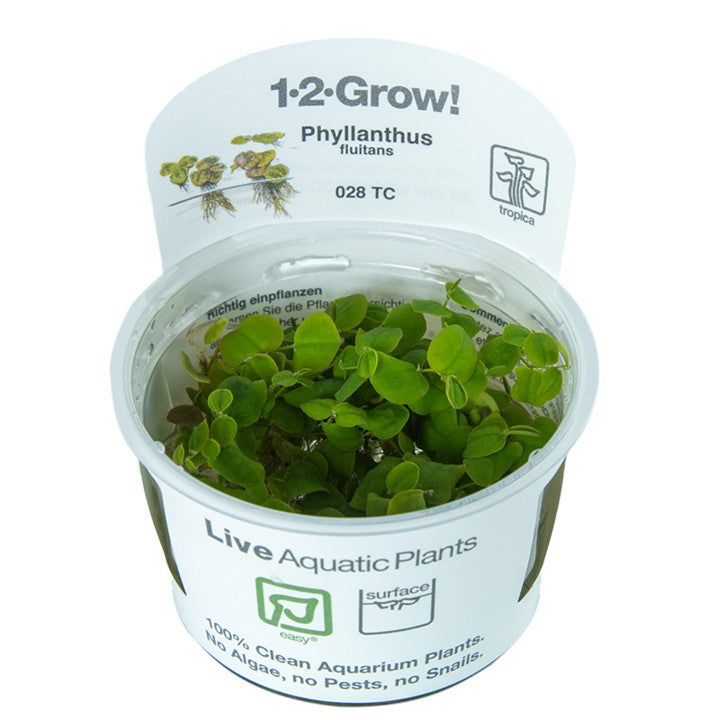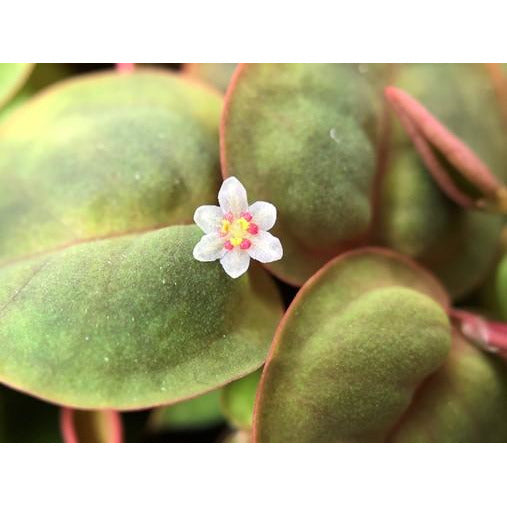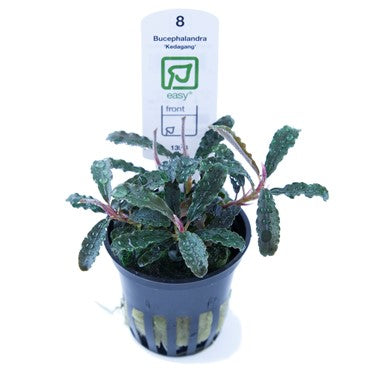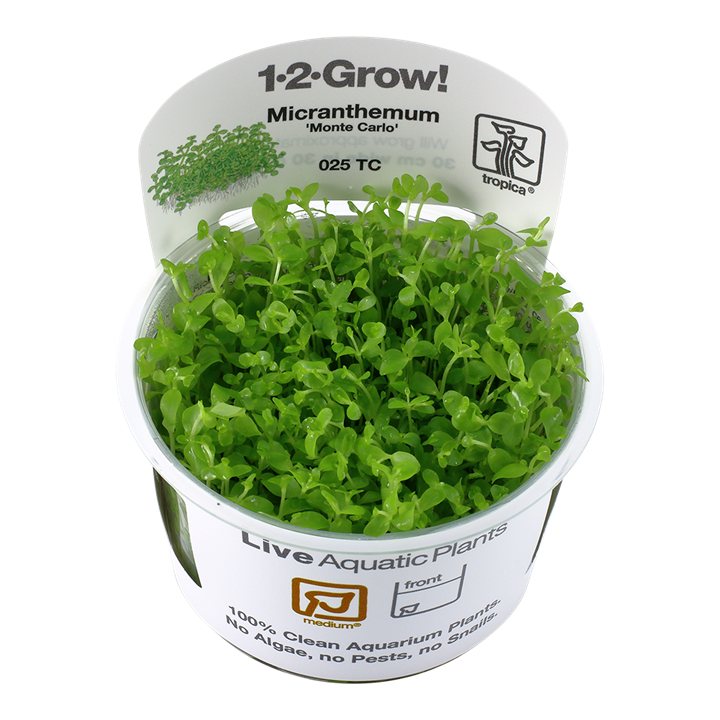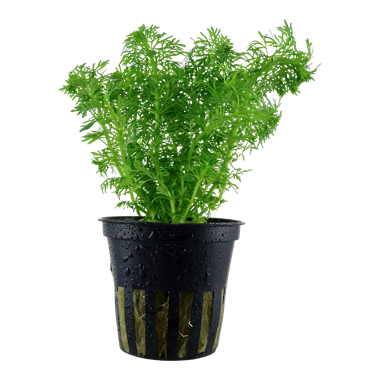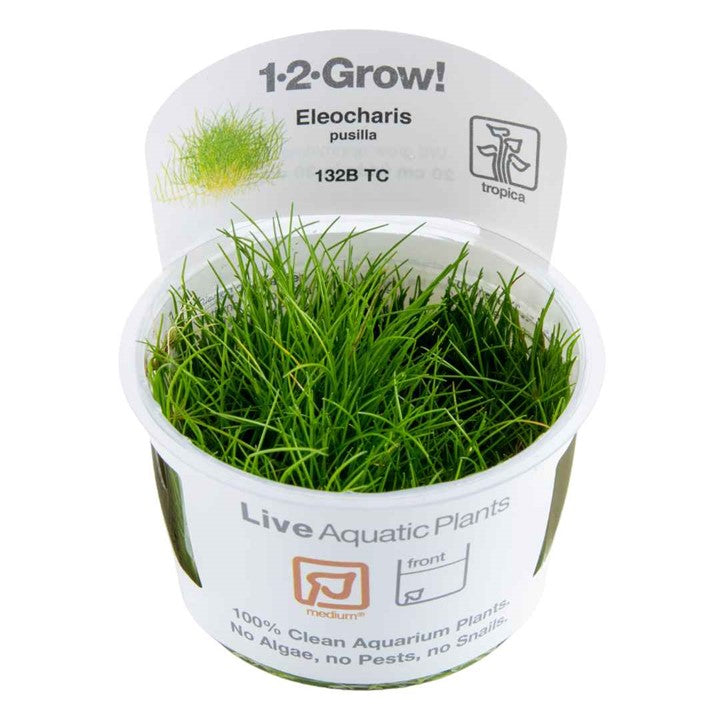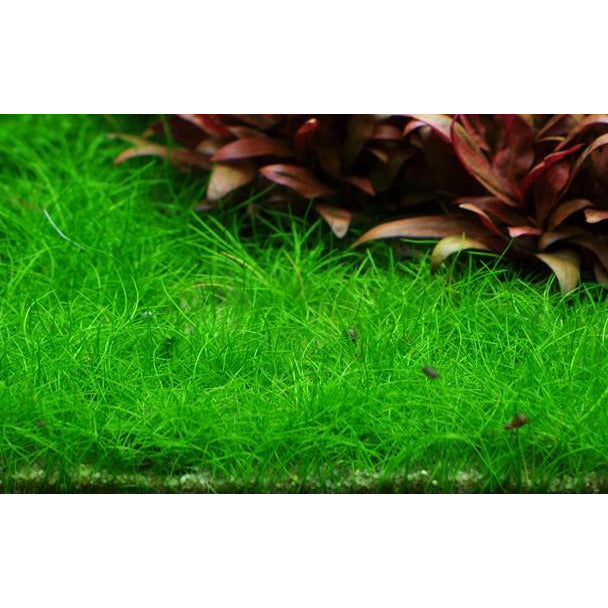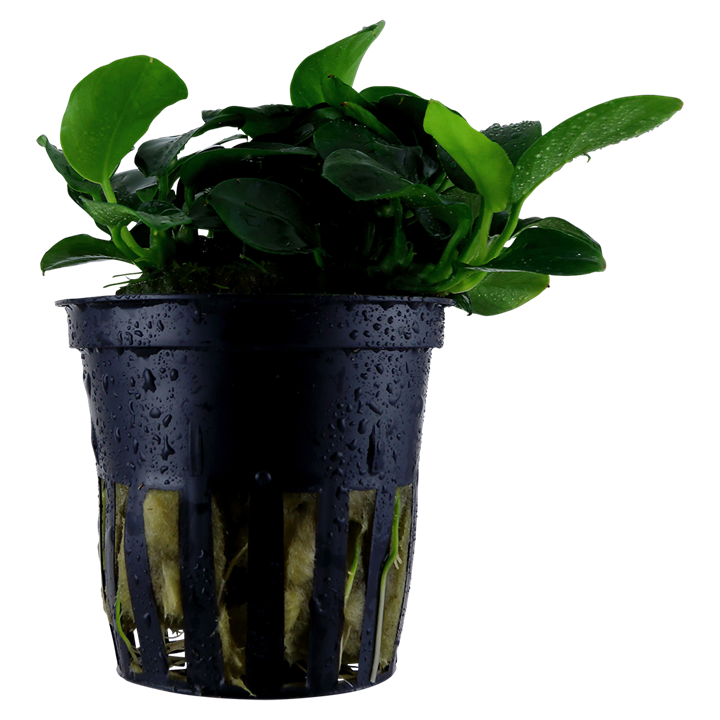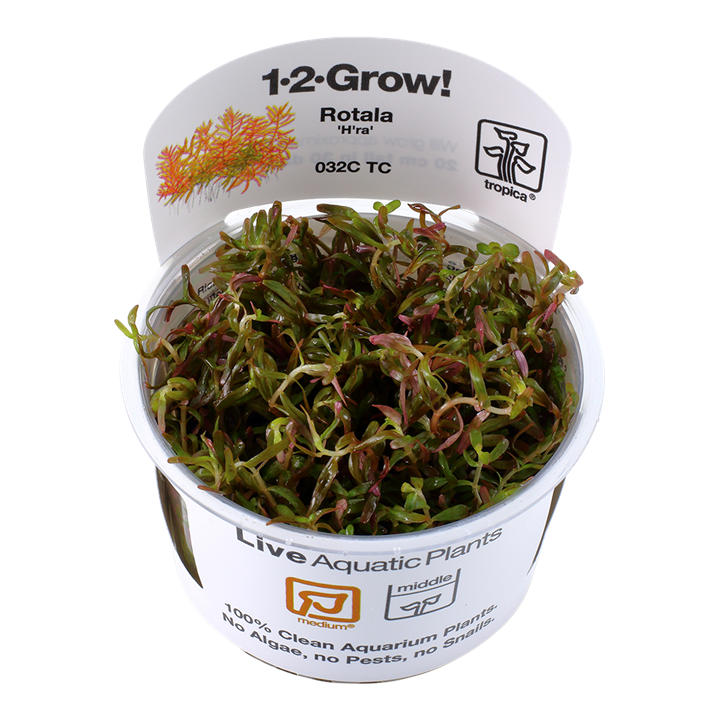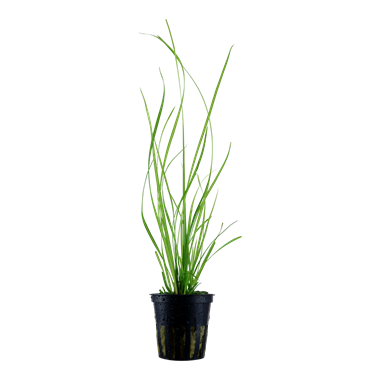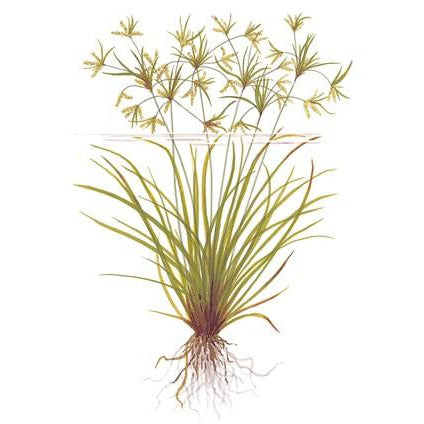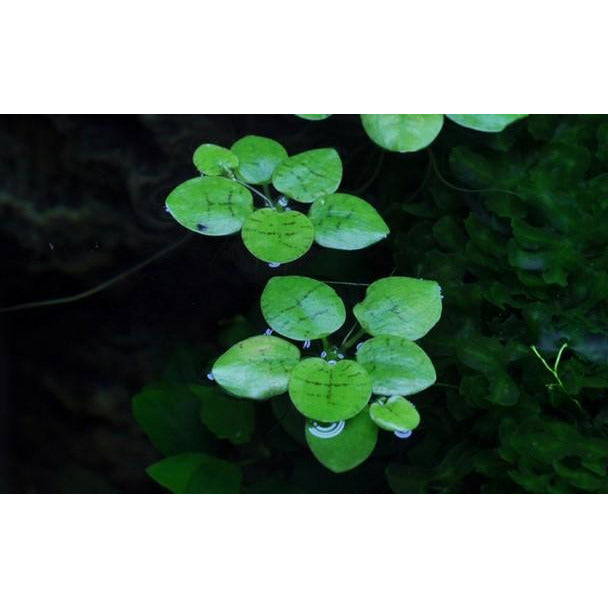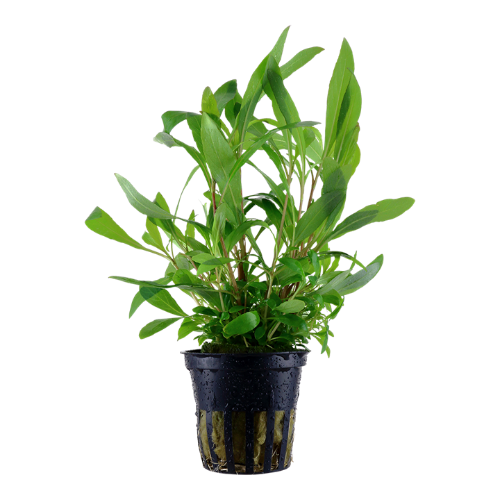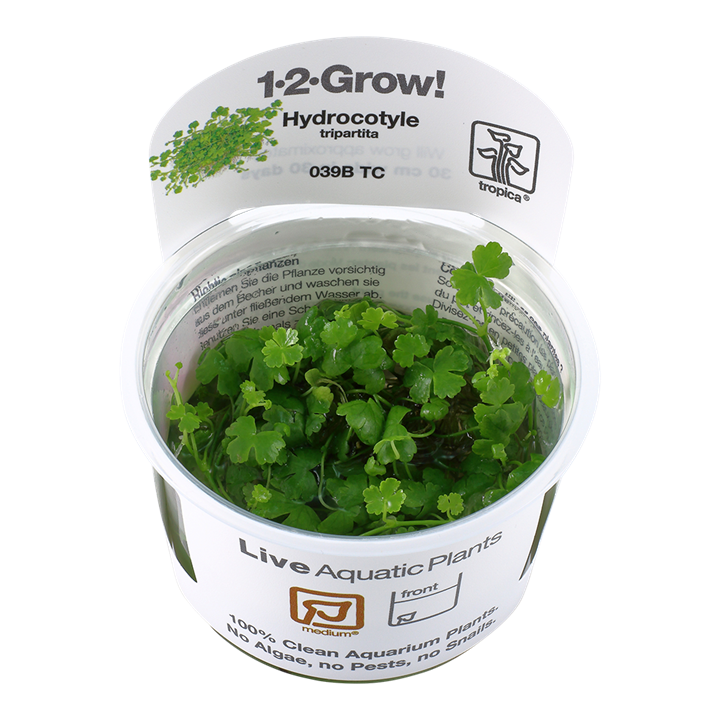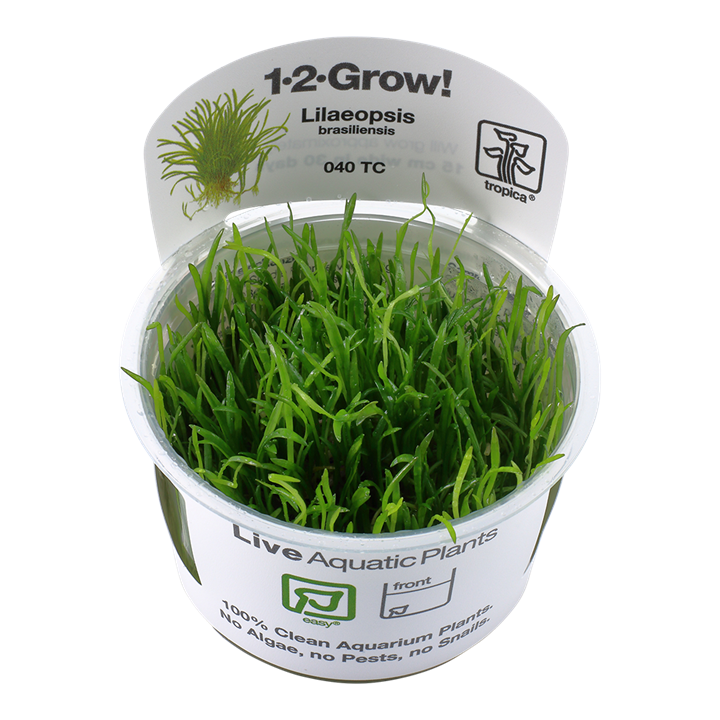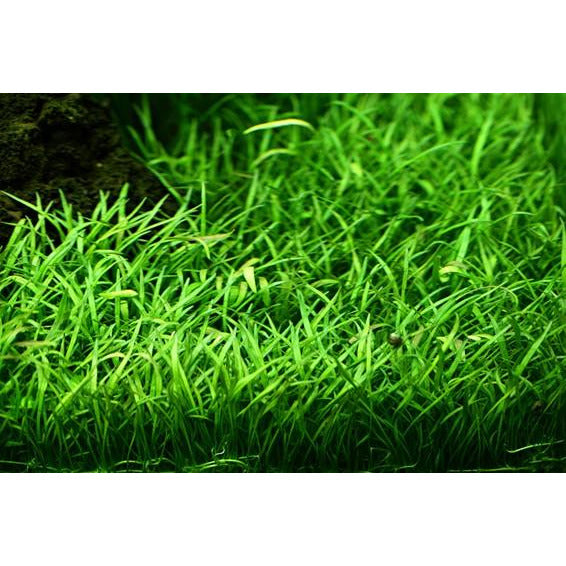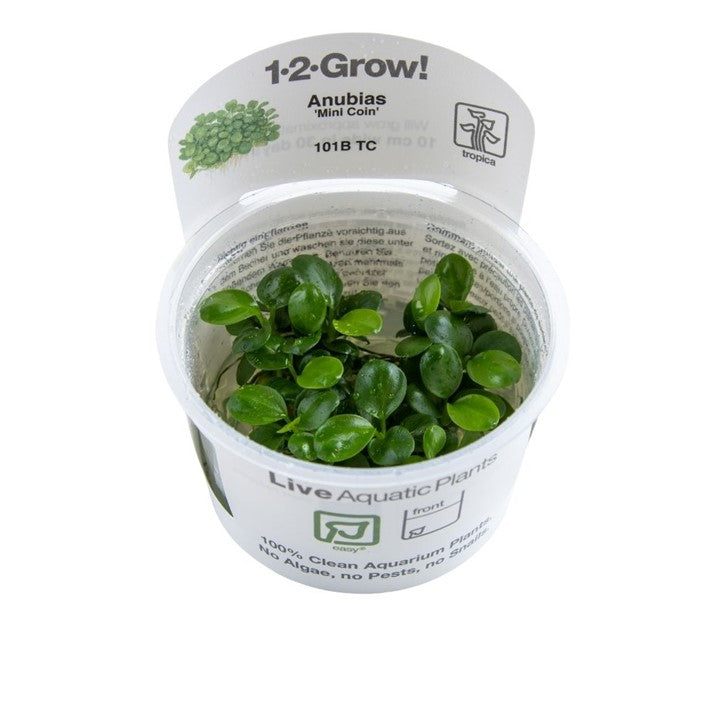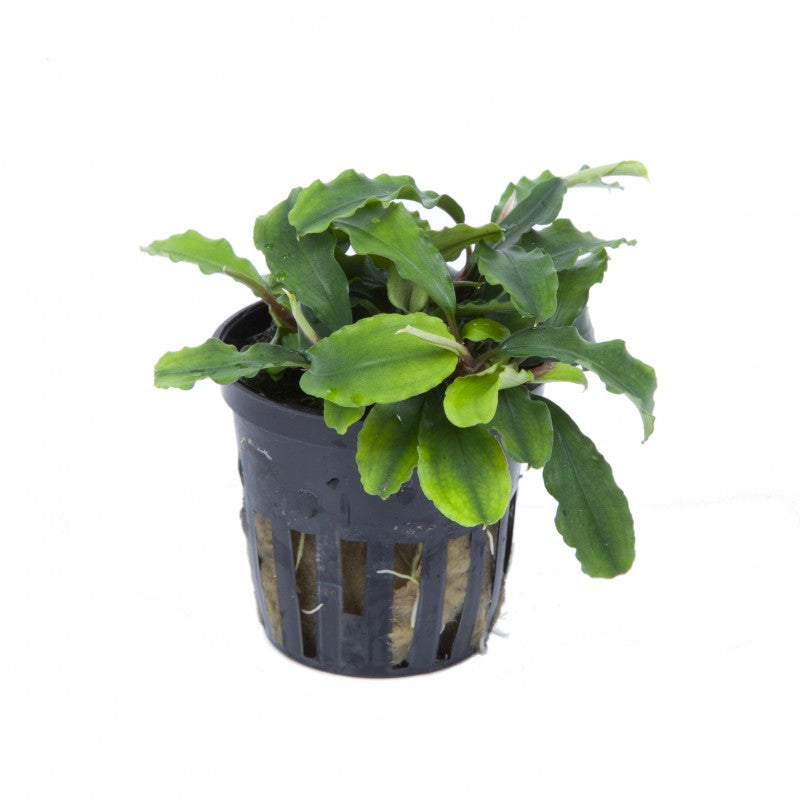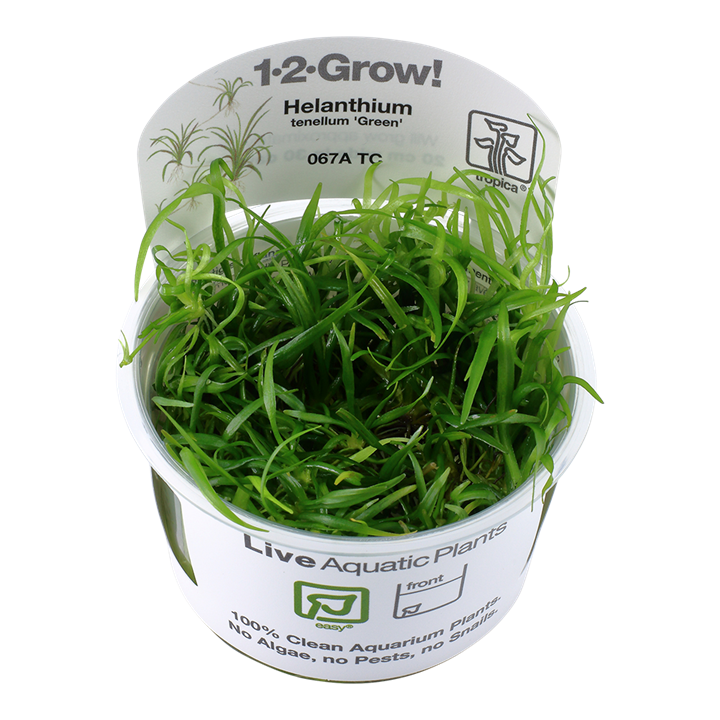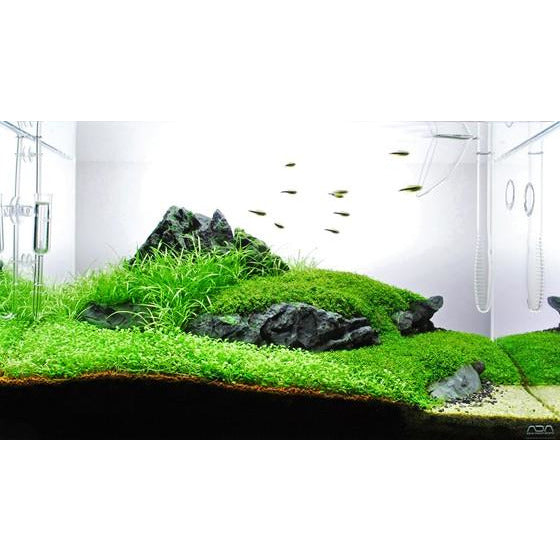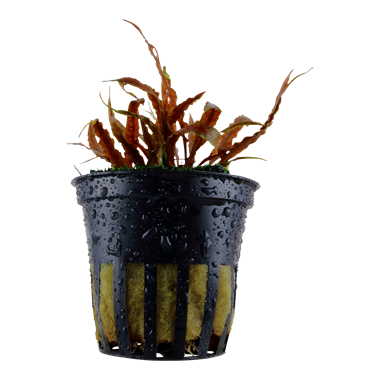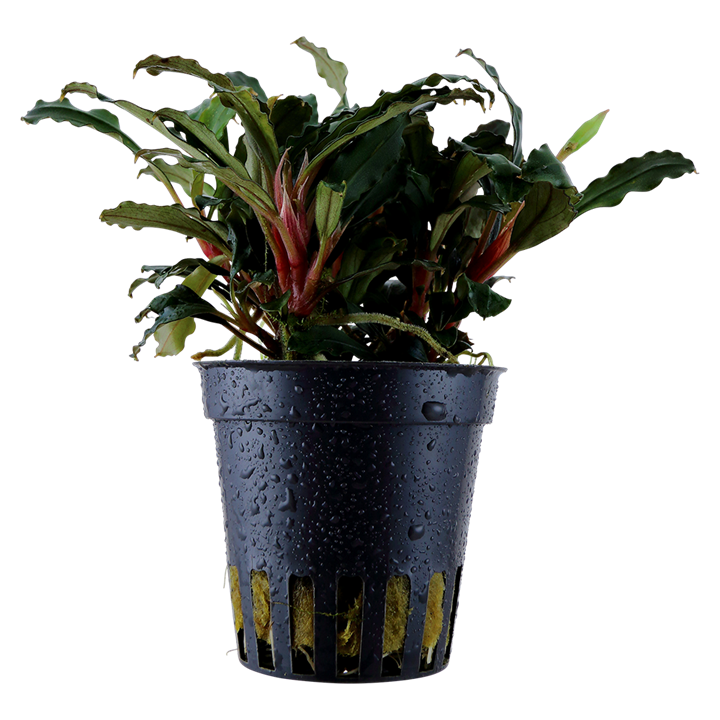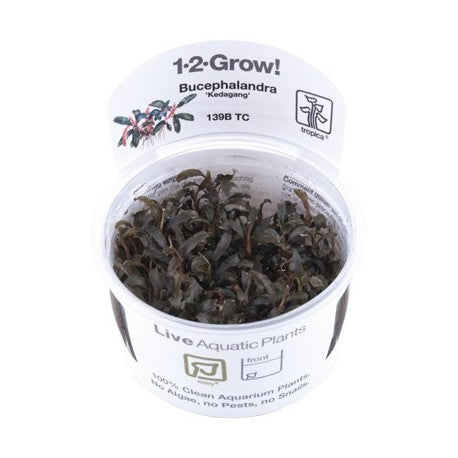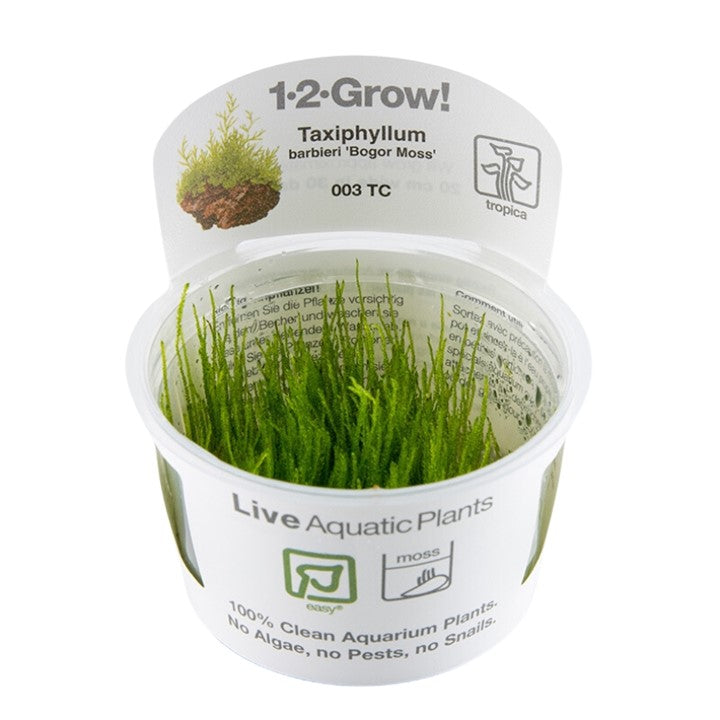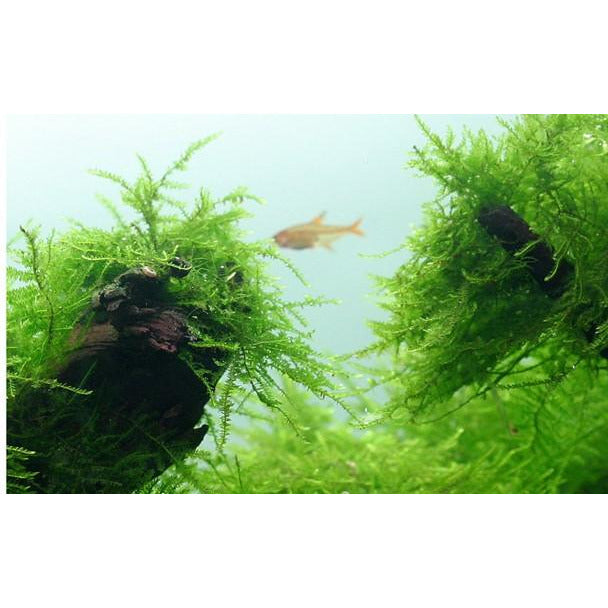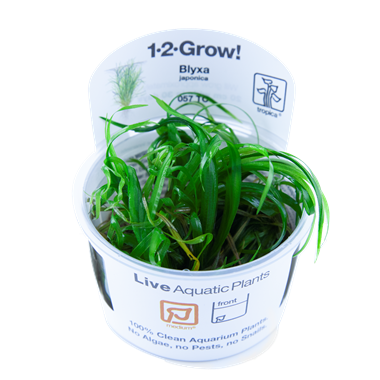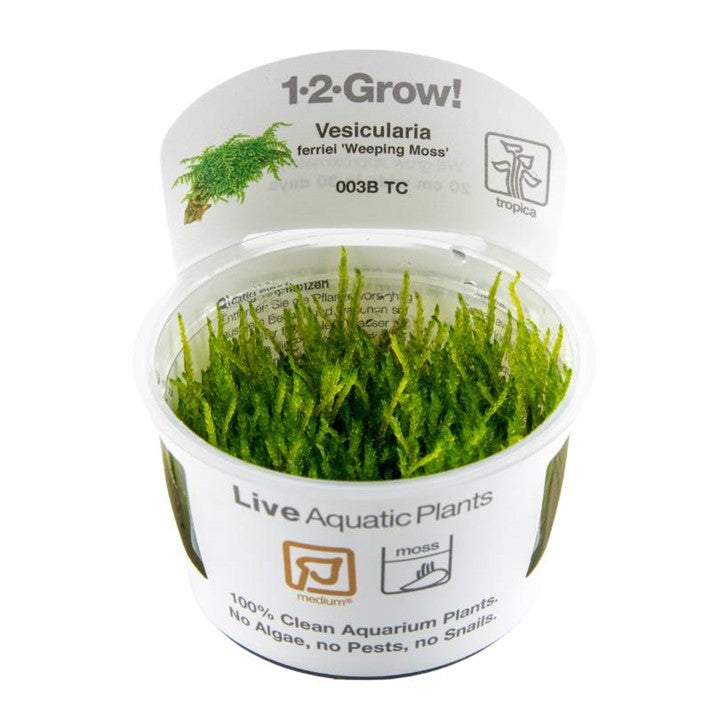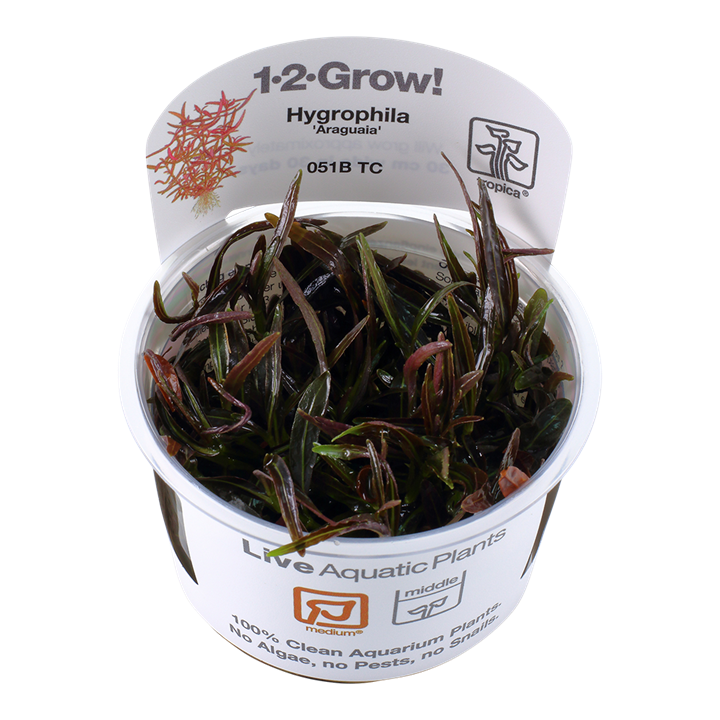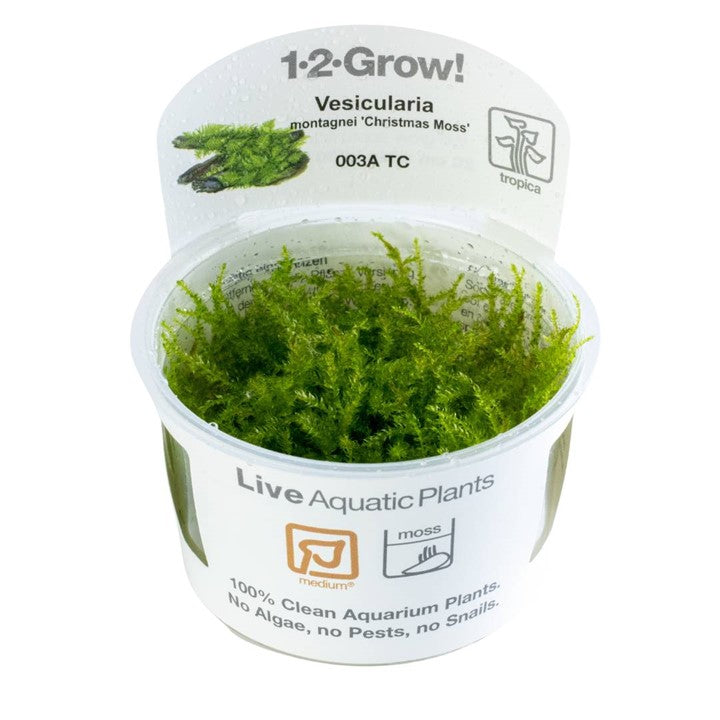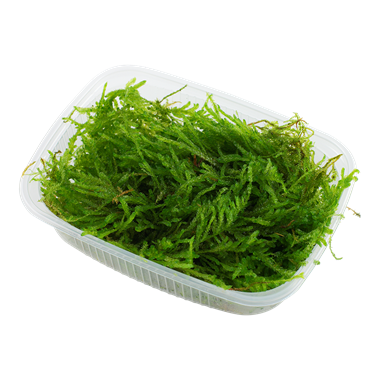
All About Riccardia chamedryfolia: Our Favourite Aquascaping 'Moss'

The 'Moss' We Can't Get Enough Of: Riccardia Chamedryfolia
Riccardia chamedryfolia moss also known as 'Coral Moss' or 'Mini Pelia' is a liverwort native to Asia, particularly South East Asia.
The Structure of the moss has a branched layered look resembling branch coral which is where the name 'Coral Moss' comes from.

What is a Liverwort?
Although we often refer to Riccardia as a moss, it’s actually a liverwort—a plant closely related to mosses and sharing many of the same characteristics. In the aquascaping world, it’s commonly grouped with mosses and treated as such. Liverworts are terrestrial plants that thrive in damp, moist environments, which makes them well-suited for both aquariums and terrariums. Like true mosses, Riccardia doesn’t have traditional roots, stems, or leaves. Instead, it uses structures called rhizoids to anchor itself to hardscape elements in your aquarium.
Riccardia chamedryfolia Appearance
Riccardia has a tiny structure which as previously mentioned, grows to look like a miniature branch coral. Coral moss tends to grow in a layered form or grow in an almost rounded hill formation, it is very compact and feels quite solid. It varies from vibrant green to Darker green depending on it's location and water quality.
How to Care for Riccardia chamedryfolia
CO2
Co2 Injection is actually not essential for growing riccardia, although it will do better with it, but it can grow and look great without CO2, however the growth speed and spread rate will just be a little slower.
Lighting
Lighting for coral moss is better low-medium to much light could cause Hair algae issues or yellowing.
Fertilisation
Liquid fertilisation is best but it does not need excessive amounts, if using alongside fast growing stems obviously these with consume the majority so using your normal fertiliser routine is fine. However we do recommend avoiding harsh chemicals such as liquid CO2 like Seachem Excel, a lot of people use this to help with or avoid algae issues, if you want to continue using this type of product consider using the APT Fix lite which is designed for more sensitive plants.
How to Plant Riccardia Chamedryfolia?
This part is super simple, Riccardia is available as a tissue culture plant, and this is where it differs slightly from other aquatic mosses. When you remove it from the tissue culture cup, you’ll notice there isn’t a clearly defined "bottom" side, like you might see with other mosses. Instead, it typically has a small, brownish mat at the base. We recommend attaching this brown section to your hardscape so that the greenest, healthiest part is on display. You can use it as one larger clump for broader coverage, or break it into smaller pieces and scatter them throughout the aquarium for a more natural look.

We always use Aquarium safe gel glue, as we find it to be the easiest way to attach plants to wood and rock in the aquarium, the thickness of the gel makes it easier to work with and doesn't run as much on your hardscape (although this can be scraped off should it happen).
Choose your desired location on the wood or rock, we like to make sure the area is damp (if adding to a mature aquarium remove the hardscape or drain the water down to the desired location) apply small dots of glue to either the base of the Riccardia or the chosen location, press and hold for a few seconds and that's it!

Emersed Growth
Riccardia moss also looks amazing when grown emersed, when using it on wood protruding from the aquarium, we always plant it just under water level and allow new growth to immerse itself rather than plant it straight out of water. New growth tends to adapt quickly and saves having to spray daily to keep moisture, instead we can just spray once a week on our maintenance session with a spray fertiliser like, APT Dew or ADA mist.
How to Trim and Maintain your Riccardia Moss
If it's starting to look like it's ready for a thin out, we assess the patch of growth, when grown more round and hill like the best way if to grab some scissors and trim, if you want to keep that rounded shape use a WAVE Scissor and using the curved of the scissor to get that rounded shape.
If it has grown more layered you tend to find that there are pieces hanging freely so you could just gently tease bits away and stick it in another location, and you've got yourself some FREE home grown Riccardia moss, what's not to like?
So...Why Do We Love It?
What’s not to love? Riccardia looks fantastic in almost any aquascape layout. It brings a beautifully aged, natural feel—especially when attached to aquarium rocks. Freshly added hardscape can sometimes appear a bit too new or sterile, but incorporating Riccardia (or any moss) helps give the impression that it’s been underwater for years.
Compared to faster-growing mosses like Java moss or Christmas moss, Riccardia grows much more slowly, making it far easier to manage. This is especially useful in smaller nano aquariums, where faster-growing mosses can quickly overrun the space. With Riccardia, you get all the visual appeal with much less maintenance.

Image of a Aquascape in our Horizon Aquatics Gallery, Using Riccardia moss on wood mixed with Monte Carlo on wood.
YouTube Video on the Horizon Aquatics channel, Riccardia chamedryfolia, Aquarium Plant Index:


